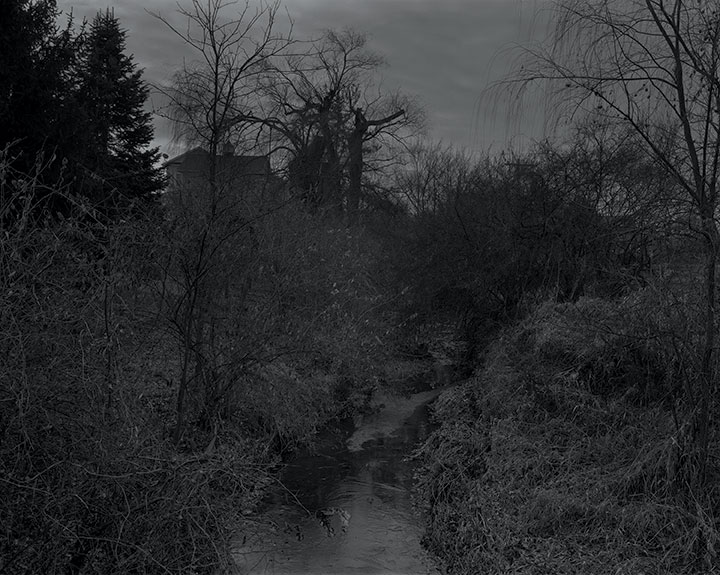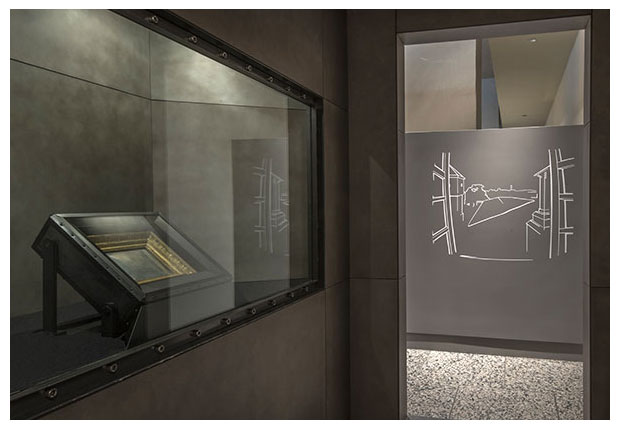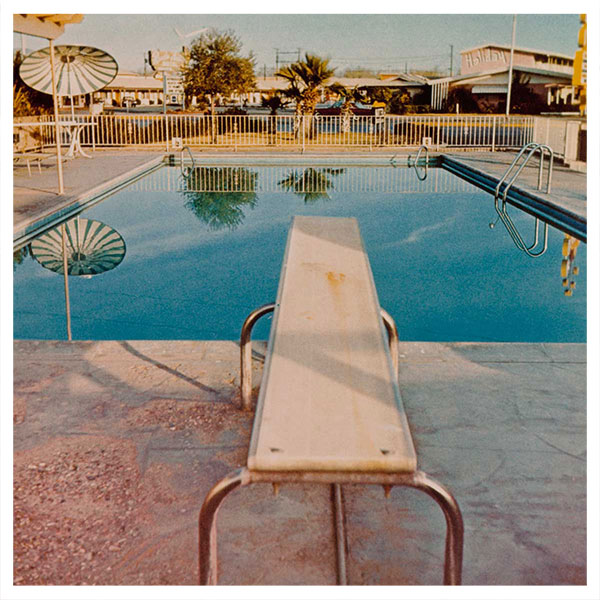In 2017, renowned portraitist Dawoud Bey (American, b. 1953) reflected on his four-decade career by stating simply, “my work has largely been based on representation of the human subject.” He explained that he has used photography to depict “subjects such as the black subject, or young people, who are not always—within the larger social conversation—thought of as having a rich interior life.” In addition to these poetic portraits of ordinary people, Bey has recently begun confronting central events in African American history, asking, “what kind of work can one make about something that happened decades ago?” [Read more…] about Portfolio of photographs acquired from Dawoud Bey’s Night Coming Tenderly, Black
Introducing The Niépce Heliograph
One of the most celebrated objects in the history of photography is featured in a permanent exhibition just inside the main entrance to the Harry Ransom Center. The untitled photograph—the earliest known surviving photograph made with the aid of the camera obscura—was produced in 1827 by the French scientist and inventor Joseph Nicéphore Niépce using a process he called héliographie. Permanent exhibitions are never really “permanent,” however; objects may remain in place, but their meanings are always evolving, and exhibitions are periodically revised to reflect those advances. [Read more…] about Introducing The Niépce Heliograph
Traces of the Artist in the Exhibition Ed Ruscha: Archaeology and Romance
Driving along Route 66 in 1962, Ed Ruscha pulled over at the Jack Rabbit Trading Post just outside Joseph City, Arizona. [Read more…] about Traces of the Artist in the Exhibition Ed Ruscha: Archaeology and Romance


